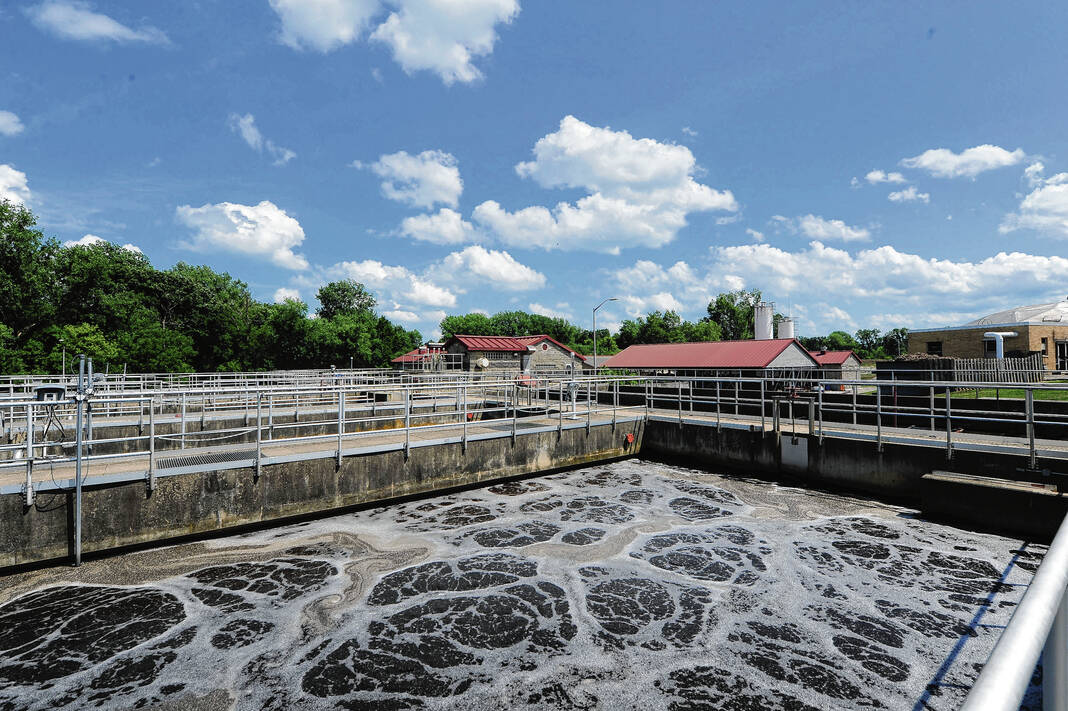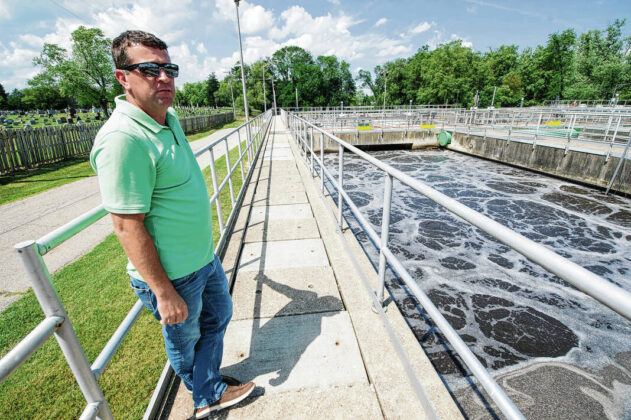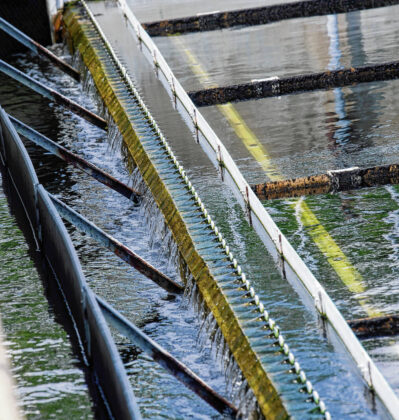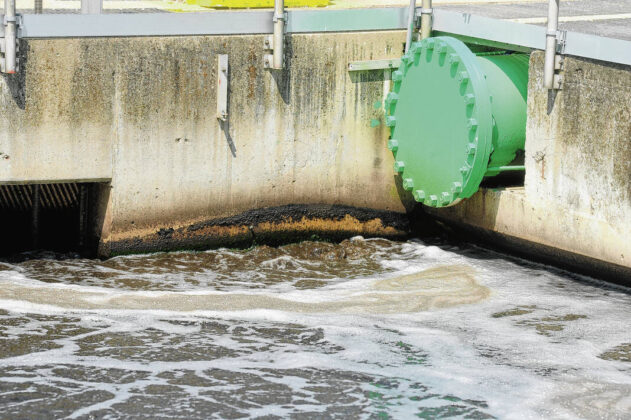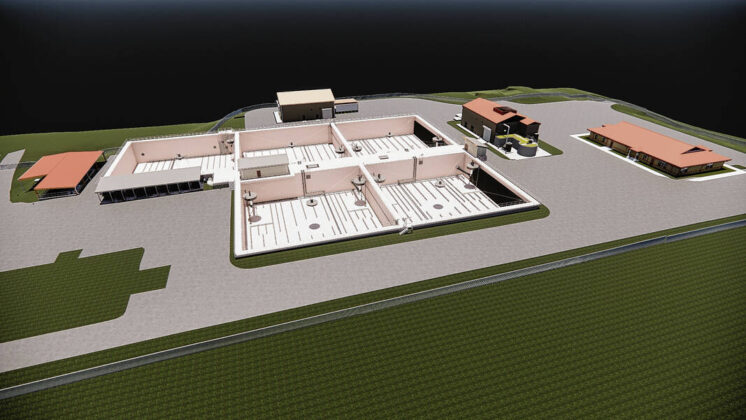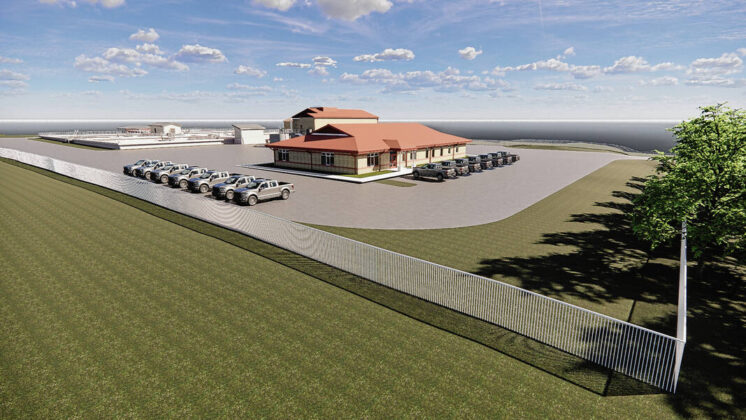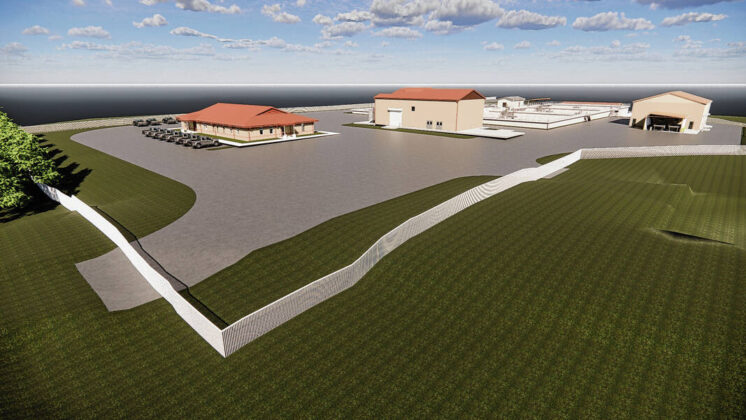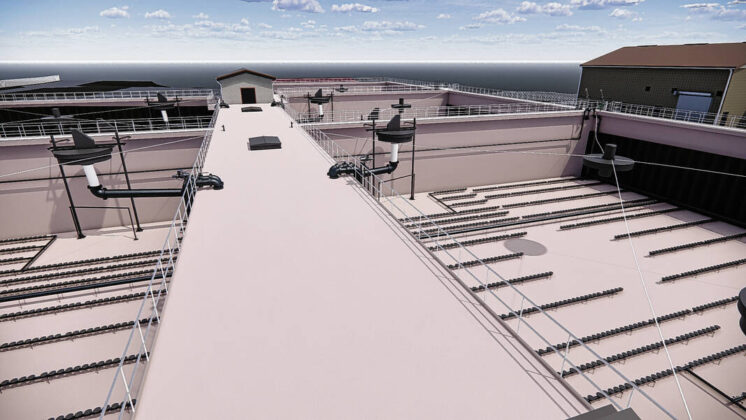GREENFIELD — The city’s new wastewater treatment plant will cost far more than initially expected, and officials anticipate utility rates will need to rise once again to help fund it.
One aspect that hasn’t changed, leaders maintain, is the dire need for the upgrade.
Formerly estimated at around $39 million, factors that continue to plague the economy have nearly doubled the price to over $73 million. Greenfield decision-makers have started the process to raise wastewater rates over the next three years after doing so over the past three, but a public hearing and more votes remain.
City council unanimously approved an ordinance last week on the first of three readings that calls for amending monthly wastewater utility rates. The flow rate per 1,000 gallons of metered usage for users in Greenfield — currently $5.90 — would rise to $6.25 starting July 1, 2023; then to $6.63 July 1, 2024; and then $7.03 July 1, 2025 and thereafter.
The proposed ordinance also outlines increases to wastewater base rates. Small residential wastewater users in Greenfield, whose base rate is currently $31.01, would see theirs rise to $32.87 starting July 1, 2023; then to $34.84 July 1, 2024; and then $36.93 July 1, 2025 and thereafter.
Read the full breakdown of the wastewater rate increases in the ordinance here.
Funds stemming from the new rates would be used to pay back money for the new treatment plant the city is seeking from Indiana’s Wastewater State Revolving Fund Loan Program.
City council will have a public hearing on the ordinance at its next meeting, which is 7 p.m. Aug. 10 at City Hall, 10 S. State St., Greenfield. To pass the ordinance, the council would need to vote on it twice more as well.
If approved, the rate hikes would follow increases in 2020, 2021 and earlier this year that officials instituted in preparation for the far lower initial estimated cost of the new wastewater treatment plant.
The plant, located east of State Street and north of East CR 100S, had its last major upgrade in the early 2000s. Its current capacity is 4 million gallons a day, a limit it’s been pushing. The replacement will be 8 million gallons a day with the ability to expand to 10 million. It will be located just south of the current facility, where a former city waste dump was recently excavated.
Officials’ motivation for the new plant stems from violations the Indiana Department of Environmental Management issued on the current facility over a growing inability to properly treat wastewater. Albert Stong, president of Commonwealth Engineers, Inc., an Indianapolis firm that provides engineering services to Greenfield’s wastewater utility, attributes those violations to two main factors. One is increased wastewater flows caused by rainwater seeping into the wastewater system. Another is increased loadings created by more residences and businesses in the city over time.
“Essentially we just have more customers than the plant is able to treat, so we need to expand,” Stong said.
The violations prompted a search for solutions, of which Commonwealth Engineers and Greenfield officials considered several.
“The first thing we always try to do is we always try to reuse existing because we think it’ll be more affordable,” Stong said. “That wasn’t the case here. It was more costly to reuse the existing because of the conditions in the facilities. So the most economic approach was to go new and to go to the adjacent side of the property.”
Nicholas Dezelan, Greenfield wastewater utility manager, agreed.
“Our current facility — we’re keeping it running,” Dezelan said. “Our guys do a great job of maintaining the current equipment, but it’s getting costly. We’re probably spending $10,000, $20,000 a month on repairs and replacements just to kind of limp us along to get through to the new plant.”
Officials announced an estimated price for the new plant of about $39 million in early 2020. But a lot has changed since then, noted Greenfield Mayor Chuck Fewell.
“The cost has changed dramatically,” he said. “…This is the biggest project that’s been done in a long time in the city of Greenfield.”
National and global economies have been rocked by the COVID-19 pandemic and then Russia’s invasion of Ukraine, Stong noted, leading to supply chain interruptions, skyrocketing prices and a labor participation shortage. That prompted those planning Greenfield’s new wastewater treatment plant to adjust their estimate to about $50 million earlier this year.
Bids submitted for the project surpassed that projection too, however. The city received two — one from F.A. Wilhelm Construction for over $69 million and the other from Kokosing Industrial, Inc. for over $79 million.
Stong said after reaching out to the companies and going through their line items, he and Greenfield officials learned the conflict in Ukraine recently caused the cost of pipe to double due to the country being a top supplier of nickel. He cited further cost increases spurred by a concrete shortage and new regulations on paints stemming from the new federal administration that took office last year.
Typically the city would’ve received six to eight bids for such a project as opposed to just two, Stong said. But builders are currently busy because of an infusion of cash from the Bipartisan Infrastructure Law, he continued.
“When there’s a lot of money out there, prices increase,” Stong added.
The Greenfield Board of Public Works and Safety approved a recommendation last week for the lower bid from F.A. Wilhelm Construction. After adding the cost for demolishing the current wastewater treatment plant and other additional bid items, the total budgeted amount comes out to over $73.5 million.
“We went with the most economical approach, the most environmentally friendly approach, and unfortunately nobody could foresee COVID, nobody could foresee the Ukraine conflict, nobody could see the labor shortage, the gas crisis, and hopefully as time progresses, all that gets better,” Stong said.
Stong and city officials stress doing nothing is not a viable option. The wastewater treatment plant is nearing capacity as it is, and the city continues to draw new homes and businesses. On top of that, the new plant will take two to two and a half years to complete.
“So we’re going to have to operate this plant for another 2 1/2 years while this one’s being put into place,” Stong said. “So every month that we delay is kind of a scary month.”
Putting off a plant expansion could prompt the Indiana Department of Environmental Management to issue a ban on new sewer connections in Greenfield, he said, halting future growth while also ignoring the issues that still need to be remedied at the current plant.
Fewell said relocating the facility to the adjacent former dump is a bonus benefit, as it allowed for a contaminated site to get cleaned up and won’t require a major rerouting of utility users’ wastewater. The move will bring the plant out of a floodplain as well.
“Expensive to remove? Yes,” Fewell said. “Are you better off? Yes. Otherwise we would’ve had to go someplace and worry about what we had to do next.”
Leaders also expect the new plant to benefit the city for decades to come.
“The footprint, the layout I think is going to serve the utility for a long time,” Dezelan said. “If we get a major industrial user in that’s discharging a lot, that may accelerate the need to expand it, but we have the capacity there to do it if we need to down the road.”

